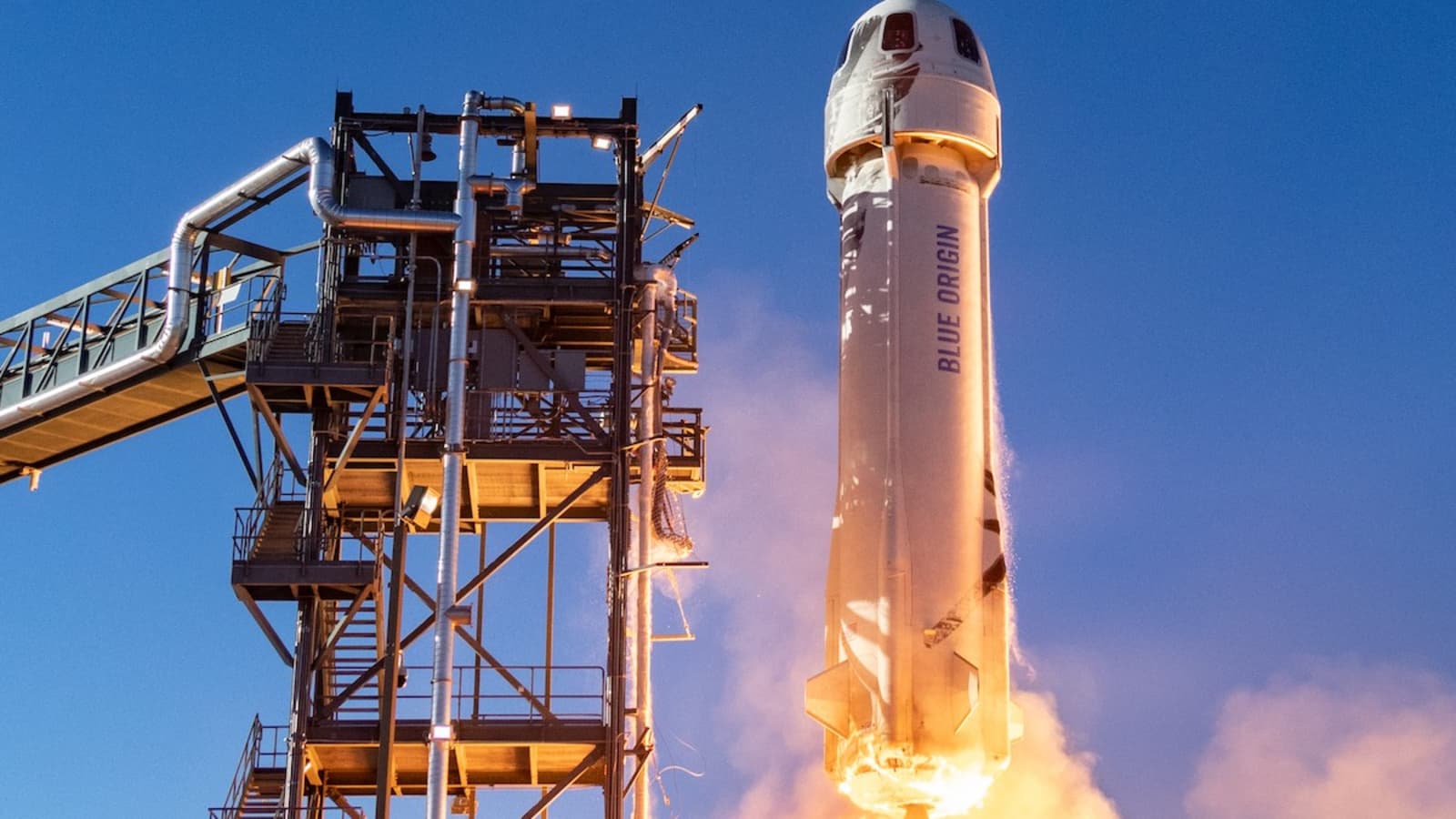A blazing space race that we all need to be mindful of
Jaspreet Bindra
In the immortal series of comics written by Goscinny and Uderzo, the indomitable Gauls had only one fear: the sky would fall on their head tomorrow. In a world preoccupied by the COVID pandemic, even as we sought the ‘magic portion’ of the vaccine, this same fear came back as a 23-tonne booster of the Chinese Long March satellite threatened to crash back to Earth from the skies above. The fact that it harmlessly did so in the Indian Ocean did not allay the fear of this happening again. In fact, it was the fourth big uncontrolled re-entry in history. The biggest was the Russian Skylab in 1979, and I have memories of all of us as school children eagerly following its descent and plotting it on countless graph papers. There are 128 million man-made objects orbiting earth, of which 34,000 are greater than 10 cm, 3000 of them are live satellites, and fifty are dead Long March-sized boosters – circling around our planet endlessly, until they decide to fall. An uncontrolled fall by any of the larger objects in a populated area could cause catastrophic harm, though the chances of that happening are one in several million. The odds are going to get more interesting, however, now that the two richest men in the world have entered the stage. Serial entrepreneur Elon Musk has been first off the blocks, with the Starlink satellite network, developed by his rocket company SpaceX. His rockets have already launched nearly 1500 LEO, or Low Earth Satellites, in batches of 60 each, and plan to take this number to more than 12000 in the near future. The Starlinks are bright and easily visible in the night sky; people are reporting more ‘UFO sightings’ and astronomers are often getting surprised by groups of satellites moving together in mega constellations, adversely impacting their efforts to peer into the cosmos. Meanwhile, the Amazon founder Jeff Bezos has been spending a billion dollars of his own money every year on another LEO initiative called the Kuiper Project, with more than 3000 satellites to be slung into orbit by his rocket company, Blue Origin. There are other billionaires in the fray – Bharti’s Sunil Mittal has teamed up with the UK Govt., Softbank and Hughes systems is sending up 650 satellites through their OneWeb initiative. China is building its 13000-satellite strong Hongyan system. The eccentric billionaire Richard Branson is expectedly doing something different by launching rockets, with satellites on them eventually, from the wings of Boeing 747s, flying at 35000 feet, as a part of Virgin Galactic. Why all this hyperactivity, you might wonder? It is as if the Earth isn’t big enough for the billionaires, they now need space to compete and play. There is definitely the competitive part: When SpaceX won the $2.9bn NASA Artemis programme contract to send another man on the moon after nearly fifty years, Bezos was put off and took NASA to court. Characteristically, Musk tweeted a picture of Bezos unveiling Blue Origin, with the words “Can’t get it up (to orbit) lol.” Then there is the ego. Mike Pence quoted Donald Trump joking that “Rich guys . . . love rockets”. An unnamed satellite veteran put it best, remarking that “Space is the ultimate train set for boys.” The real reason, however, is a hardnosed business imperative. The pot of gold at the end of this satellite rainbow is to connect the entire globe with a 5G internet network. Three billion people are still unconnected, and many more have suboptimal connectivity. Especially in the post -pandemic world, no internet access makes it impossible for people to do many jobs, for children to study, or for people in remote areas to get medical care, and to generally participate in the global economy. Connecting half the world has been a hugely profitable enterprise, connecting the other half promises to be even more so. Elon Musk has predicted that Starlink will eventually generate $30bn a year in revenue. Jeff Bezos is stepping away from his Amazon responsibilities to pursue his twin passions – Blue Origin and his $10bn Earth fund. Satellite internet has multiple benefits: It does not involve right-of-way permissions and costs, potentially causes less environmental damage by not digging around everywhere to lay fibre optic, and can theoretically achieve speeds 40% faster than the cable. There are difficulties, however: launches are expensive, use complex technology, and the economics might make it too costly for the people on the wrong side of the Digital Divide. And, then there are the debris. The 3000 plus satellites around our planet today threatens to explode ten-fold to more than 30,000. Even today, satellites have a hard time navigating the millions of debris, a collision in space could cause a domino effect of further collisions; this theoretical possibility called the Kessler Syndrome would imply that space would become unnavigable, and debris would rain on our planet. Asterix and Obelix would have solved this problem of the sky falling on their heads by putting their shields above their heads and glugging some of their magic portion, us eight billion mere mortals would have no such recourse, as we realise that what goes up, must someday come down.
This article was first published as an OpEd in Mint on May 28, 2021


